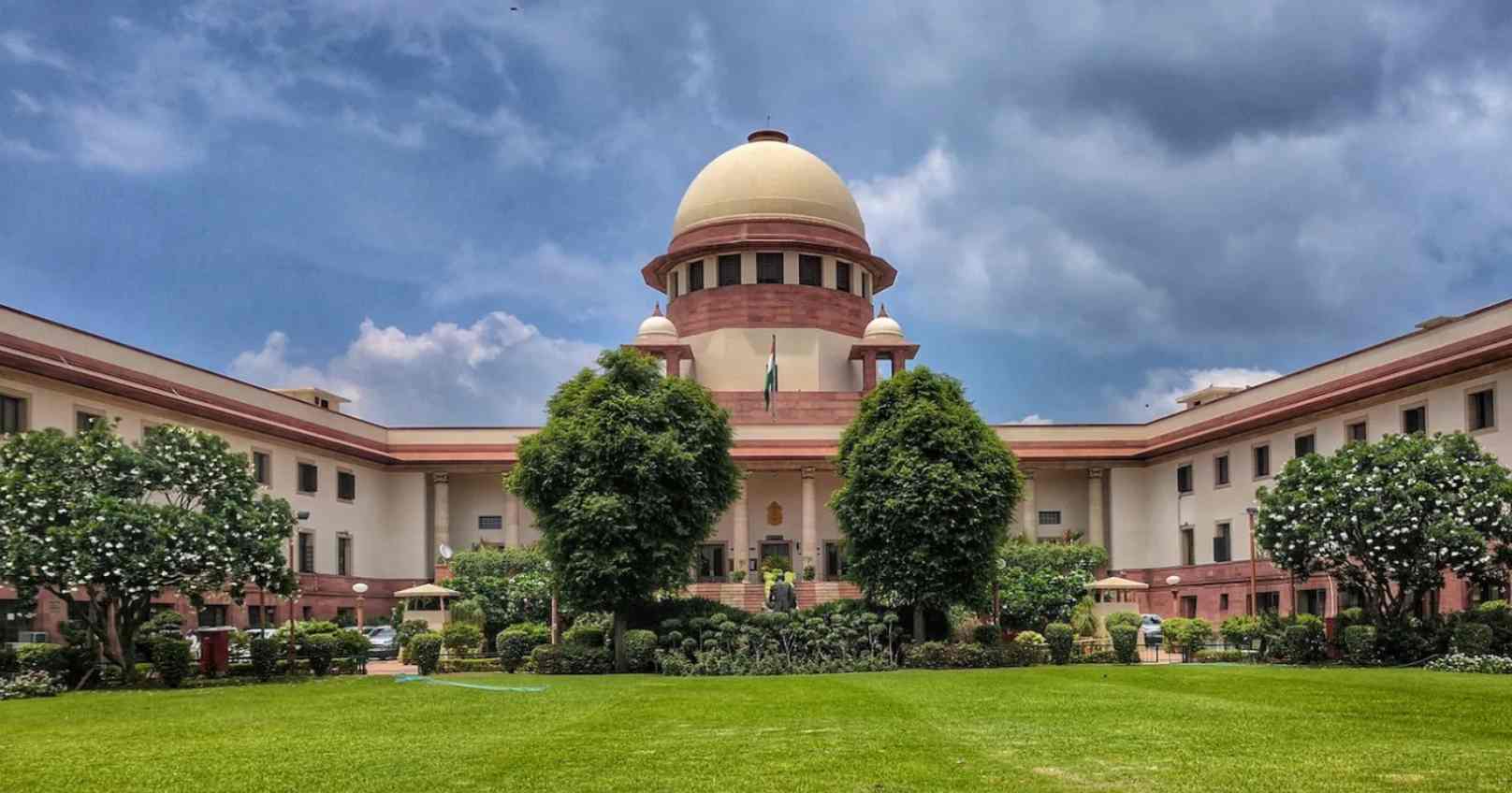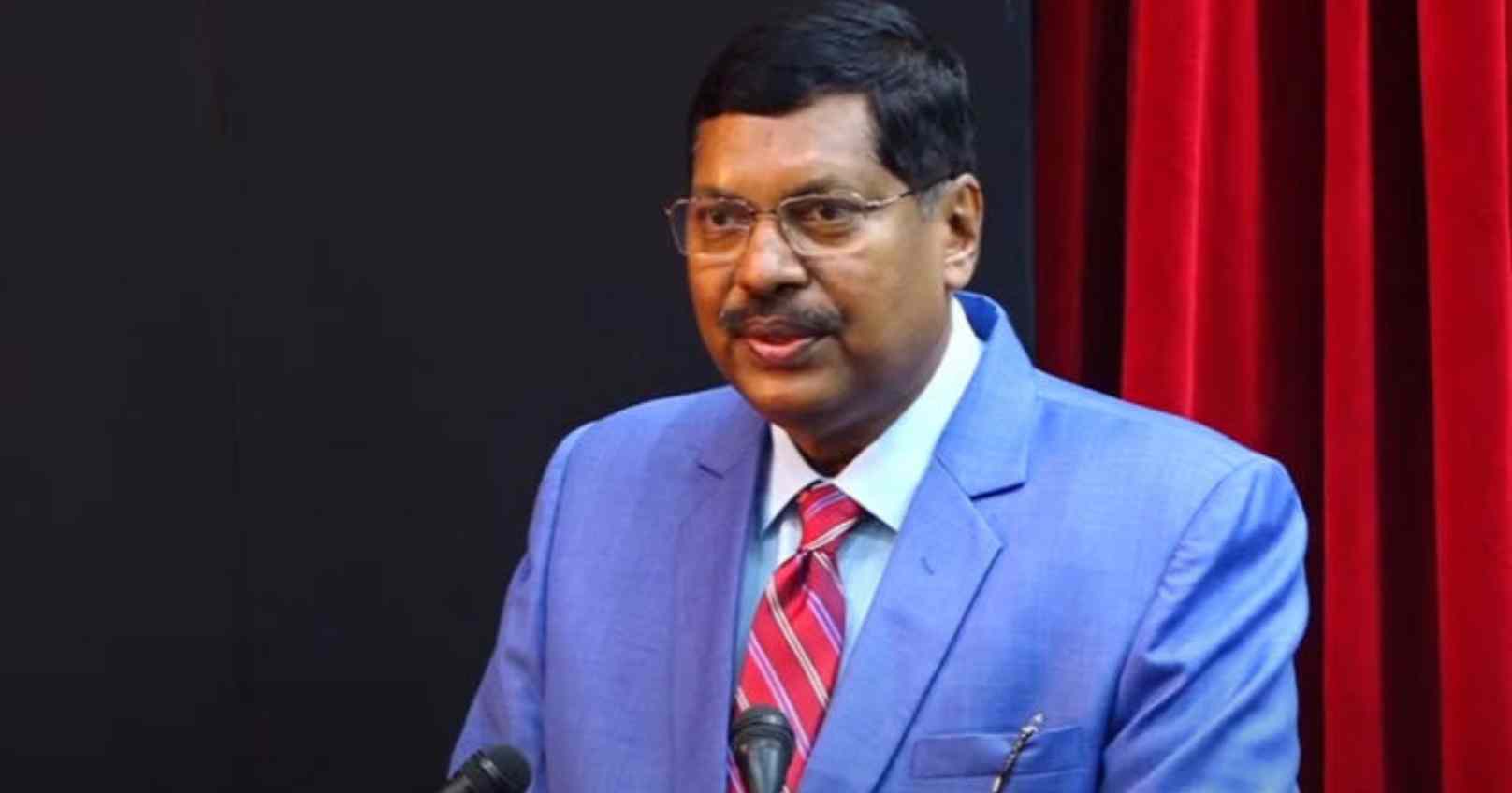A Forensic-Centric Paradigm Shift: An Exegesis on India's Revamped Criminal Jurisprudence
India has introduced three new criminal statutes aiming to modernize its legal system, sparking debate over their efficacy and implications
20-07-2024India has introduced three new criminal statutes aiming to modernize its legal system, sparking debate over their efficacy and implications
20-07-2024India’s criminal justice system has experienced a profound transformation with the promulgation of three new criminal statutes by the government, effective from July 1, 2024. These statutes aspire to modernize the legal architecture but have incited a robust debate concerning their efficacy and ramifications. This article elucidates the salient features of these new statutes, their potential ramifications, the viewpoints of various legal luminaries, and the pivotal role of forensic science in the newly established legal paradigm.
Major Changes and Criticisms
Superficial Revisions vs. Substantial Reform The new statutes have been assailed for effectuating predominantly superficial revisions while preserving 90-95% of the antiquated legal framework. Detractors contend that rebranding sections and effectuating minor amendments do not constitute meaningful reform. This perfunctory approach could exacerbate judicial backlogs as courts endeavor to interpret the new provisions.
Impact on Judicial Backlog
India’s judiciary is already encumbered with a prodigious backlog of cases. The introduction of new statutes, even with minor amendments, engenders opportunities for legal practitioners to contest and reinterpret extant case law. This could precipitate further delays and an augmentation in pending cases. Legal pundits prognosticate that litigation could surge by 30-40%, thereby convoluting the judicial process.
Ambiguity in Language
The verbiage employed in certain sections of the new statutes has been denounced as nebulous and equivocal. Terms such as “omitting to take order” can engender confusion and engender disparate interpretations. Such ambiguity might culminate in protracted legal skirmishes as courts endeavor to elucidate these terms.
Forensic and Technological Advancements
Emphasis on Forensic Evidence
The new statutes mandate the deployment of forensic experts in investigations where the offense is punishable by seven years or more. This mandate is anticipated to bolster the precision and reliability of evidence garnered at crime scenes. However, India’s forensic infrastructure is presently inadequate to satiate this exigency. Both state and central governments must invest substantially in augmenting forensic laboratories to ensure expeditious and accurate evidence processing. The dearth of forensic experts and resources could lead to defective evidence collection, thereby transforming the legal process into a “Disneyland for defense counsels.”
Incorporation of Technology
The procedural facets of the new statutes mandate the utilization of technology for various judicial processes, including the recording of witness statements and the service of summons. While this modernization is laudable, the paucity of technological infrastructure in numerous regions of India poses a formidable challenge. Effective implementation necessitates substantial investment in technology and training for law enforcement and judicial officers.
Augmented Use of Forensic Science
The new statutes necessitate the employment of forensic science for all offenses punishable by seven years or more, necessitating a significant augmentation in resources and manpower. This includes obligatory videography of all search and seizure operations, akin to body cam footage utilized in the US, to ensure accountability and accuracy in evidence collection.
Challenges for Legal Practitioners and Students
Adaptation to New Statutes
Attorneys and judges will be compelled to reacquaint themselves with and adapt to the new legal framework. This transitional period can be onerous, particularly for those who have practiced under the erstwhile statutes for decades. Law students, conversely, might find it less arduous to adapt but will still confront the challenge of comprehending the intricacies of both the old and new legal provisions.
Impact on Pending Cases
For cases initiated prior to the new statutes’ enactment, the old laws will remain applicable. This dual system could engender confusion and complications, particularly for ongoing cases that straddle the transitional period.
Enhanced Police Powers
Prolonged Police Remand
One of the salient changes is the extension of police remand from 15 days to potentially 60-90 days. This has engendered apprehensions about the potential for escalated custodial torture and abuse of power by the police. Legal experts argue that such provisions could skew the balance towards a more draconian state, thereby undermining civil liberties.
Use of Handcuffs and Attachment of Property
The new statutes also sanction the use of handcuffs for recidivists and empower police to attach property deemed as proceeds of crime. These measures have been denounced for their potential to be abused, leading to arbitrary actions and violations of individual rights.
Mandatory Punishments and Community Service
Mandatory Sentencing
The new statutes introduce mandatory sentences for certain offenses, including mandatory death sentences for specific crimes. Legal experts argue that mandatory sentences can curtail judicial discretion and may not invariably result in equitable outcomes. Judges might be more inclined to acquit defendants rather than impose draconian mandatory sentences.
Community Service as Punishment
The incorporation of community service as a form of punishment is perceived as a progressive step. This approach can ameliorate prison overcrowding and enable offenders to contribute constructively to society. However, the implementation of community service must be equitable and non-discriminatory to be efficacious. The statutes presently lack a clear delineation of what constitutes community service, which could lead to inconsistent applications.
Forensic Science and Judicial Accountability
Enhancing Accountability and Accuracy
The introduction of mandatory forensic experts at crime scenes is a consequential advancement. In past high-profile cases, such as the Arushi Talwar murder case, the absence of proper forensic procedures compromised the investigation. Issues such as uncordoned crime scenes, inadequate collection of fingerprints, and mishandling of evidence have previously beleaguered investigations. The new statutes aim to rectify these deficiencies by ensuring that forensic experts are present from the outset and that evidence is meticulously collected and documented.
Infrastructure and Training Challenges
Implementing these new forensic measures across India’s expansive and diverse landscape is a daunting endeavor. The Forensic Sciences Laboratory in Rohini, for instance, estimates that it will need to handle a colossal increase in cases, from 15,000 annually to approximately 990,000. This surge necessitates substantial investment in resources, training, and infrastructure. Adequate training for forensic experts is indispensable. Without sufficient training and resources, dispatching a forensic expert to a crime scene is as ineffective as not dispatching one at all. Additionally, stringent protocols for the collection and preservation of evidence must be established to prevent contamination and ensure its admissibility in court.
Addressing Potential Issues of Evidence Planting
One of the paramount concerns with the increased reliance on forensic evidence is the potential for evidence fabrication. To mitigate this risk, the new statutes mandate meticulous videography of all evidence collection processes. This measure aims to ensure that the chain of custody is maintained and that evidence is collected and handled transparently. For example, the collection of a suspect’s blood sample must be videographed, and the details of the medical professional collecting the sample must be recorded and verified under oath.
Technological Advancements and Future Directions
The integration of forensic science into India’s criminal justice system is merely the inception. There are several other technological advancements that could further augment investigative capabilities. Touch DNA analysis, for instance, is an extremely sensitive technique that can detect DNA traces months after they have been left at a crime scene. Although this technology is currently exorbitant and not widely available in India, it holds immense potential for the future. Another invaluable tool could be the development of a comprehensive database for tracking criminals and crime patterns. The Violent Crime Apprehension Program (ViCAP) in the United States serves as a cogent model. Such a database in India could help identify patterns and link unsolved crimes, ultimately aiding in more efficacious and effective law enforcement.
Conclusion
The new criminal statutes in India embody a confluence of continuity and transformation. While they introduce several modern elements and attempt to streamline judicial processes, the overall impact will be contingent upon effective implementation and the resolution of inherent ambiguities. The integration of forensic science into the criminal justice system marks a substantial advancement, promising more precise and reliable investigations. However, this transition will present formidable challenges, particularly in terms of infrastructure and training. By ensuring more precise and reliable investigations, these changes promise to enhance the overall efficacy of the criminal justice system, safeguarding the rights of individuals and fostering greater public trust in the legal process. Continuous review and adjustment of these statutes will be paramount to ensuring they fulfill their intended purpose of delivering justice efficiently and equitably.


A PIL by Sanvedana Foundation challenges the IRDAI’s 2020 circular allowing insurers to exclude ep
Read More
A Delhi court has ruled against releasing hotel CCTV footage in a case involving two Army Majors, ci
Read More
Chief Justice BR Gavai has pushed back against criticism of the judiciary over case backlogs, saying
Read More